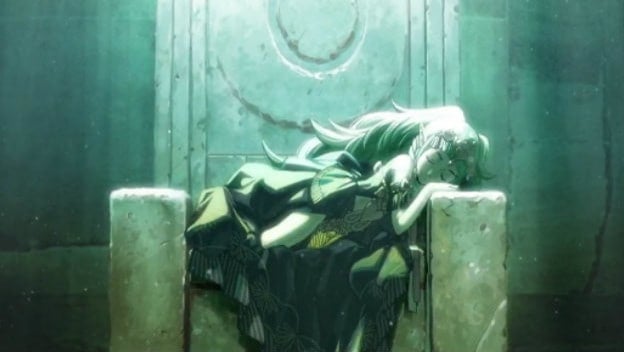Back when Sekiro : Shadows Die Twice came out in 2019, the internet was ablaze with hot takes on why FromSoftware should or shouldn’t put difficulty options in its games. We’re past that now, but another big, 2019 release has caught my attention for somewhat similar reasons. Fire Emblem: Three Houses , the latest in Nintendo’s long-running war strategy RPG series, is (like most Switch launches), one of the best-selling entries yet. And it’s even more accessible than the 3DS ones, which is quite a feat. Other notoriously hardcore titles, such as Capcom’s Monster Hunter or Atlus’ Shin Megami Tensei , have all seen huge changes over the years to make them easier to play. But in a world that supports Dark Souls, Bloodborne , and Sekiro , why are these other series opening their gates? It’s simple: they’re better games that way.
Difficulty can often be a bug, rather than a feature. What I mean by that is many games known for extreme difficulty can attribute only so much of that to deliberate design. Sometimes there are technological decisions, and sometimes you can chalk it up to the Famicom era and creators still just figuring out what is or isn’t fun. While you can point to things like arcades and anti-rental politics to explain things like Castlevania III’s weird difficulty, it’s harder to justify things like inane enemy spawning, such as in the likes of Ninja Gaiden or Ghouls n’ Ghosts . Arguably, games like Fire Emblem are a little of column A, and a little of column B.
Fire Emblem often had its reputation as a hardcore game due to how punishing the series could be. Making a mistake could be game-ruining, as not only do all your weapons eventually break, but losing a character in battle meant losing a character for the rest of the game. If you keep trying to muscle through, eventually you’ll reach a point that’s impossible to get through. Back in the Game Boy Advance days, I watched as friends would bang their heads against the series’ high stakes tactics, and hit the power switch in frustration until they figured out the perfect sequence of actions. Of course, things like critical hits don’t care about how well you plan.
So Fire Emblem was doomed to be a niche series, relying on the fans who relished in the challenge to keep it afloat. Because as it turns out, that level of challenge isn’t really fun, especially for a game that demands time investment just to get through the critical path. The series plodded along as much as it could, but until Awakening landed on the 3DS, Fire Emblem was on its death bed. We all know how the story goes after that. Awakening introduced difficulty options, and suddenly the floodgates opened.

Fire Emblem: Three Houses goes even further when it comes to making Fire Emblem feel good to play. Weapons are easily and cheaply repairable, and even when they break, they don’t go away. You can restart a battle if it isn’t going well, but retain all the experience points you earned. You can even dial back a turn if it ends up going poorly. That’s in addition to several opportunities to grind, customization options for each character, and many other extensive quality of life changes. The thing is, while you can still pick the options to have your hardcore, punishing Fire Emblem experience, that requires actively pushing against all the new changes. That’s because all the new features make Three Houses more engaging and fun to play compared to the previous games.
When a game is fun to play, and doesn’t actively antagonize its players, more people will naturally flock to it. That’s just how that works. And with evolving technology comes more room to experiment and make improvements, so the parallel between easier-seeming games and subsequent console generations makes organic sense. With growing sources of community feedback, improving tech and tools, and ever-rising development budgets, even developers like From Software iterate on their “difficult on purpose” games to make them just a touch more accessible. It isn’t just a difficulty option we’re talking about here; it’s a natural, evolutionary step in game design.
